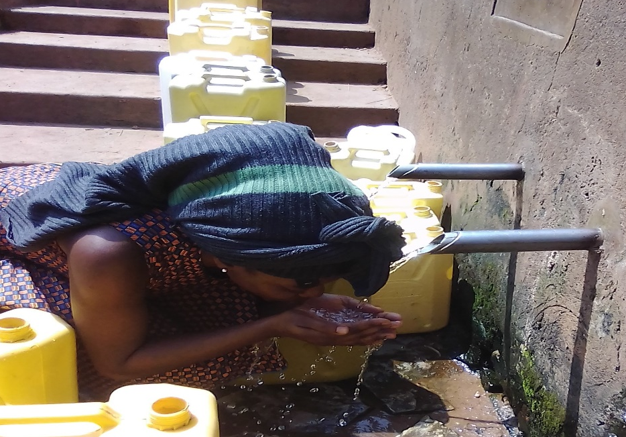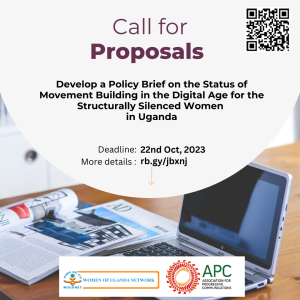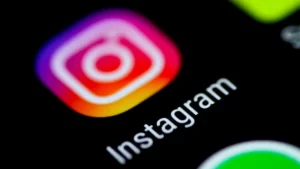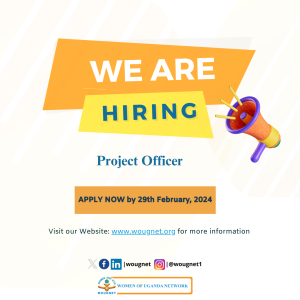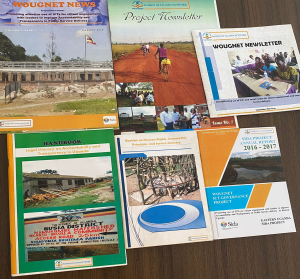More people are getting involved with social media platforms with Facebook having the biggest percentage. Uganda’s social media stats for 2019 indicate the number of people using social media platforms, Facebook at 57.4%, Pinterest at 25.09%, Twitter at 11.74%, youtube at 4.01%, and Instagram at 1.13%. With this number of users, social media can be used to create awareness of how to improve hygiene.
World Health Organization defines sanitation as the provision of facilities and services for the safe management of human excreta from the toilet to containment and treatment onsite or conveyance and eventual safe disposal.
A UNICEF (2019) study indicates how billions of people around the world continue to suffer due to poor access to water, sanitation, and hygiene. Some 2.2billion people around the world do not have safely managed drinking water services, 4.2 billion people do not have safely managed sanitation services, and 3 billion lack basic handwashing facilities
Furthermore, Uganda’s relief web indicates that bad hygiene and lack of adequate sanitation facilities in northern Uganda, a region still recovering from two decades of conflict, have fueled the spread of the Hepatitis E viral infection (which is a liver disease mainly transmitted through drinking water contaminated with fecal matter) in several districts, a senior official said. ‘’The major challenges are inadequate access to safe water, unhygienic disposal of feces, poor personal and domestic hygiene’’ Steven Malinga, (former Health Minister) told IRIN on 7 August.
Inadequate sanitation is a major cause of infectious diseases such as cholera, typhoid, and dysentery worldwide. It also contributes to stunting, impaired cognitive function, and impacts well-being and school attendance; causes anxiety with lifelong consequences, especially for women and girls.
However, with the help of social media platforms, we can spread awareness on how to improve sanitation and hygiene. According to the ‘’we are social’’ Digital yearbook, there are more than 2.3 billion active social media users on the internet. Social media are interactive computer-mediated technologies that facilitate the creation and sharing of information, ideas, career interest, and other forms of expression via virtual communities and Networks. Social media has grown rapidly as a type of online communication tool wherever users make comments, share and put videos, photos, and posts on social networks at a remarkable rate. These platforms include Facebook, WhatsApp, Twitter, Youtube, Instagram, and many others.
WOUGNET has helped on improving sanitation through its partnership with M-omulimisa SMS services which uses its mobile and web-based platform that enables community members to exchange information with extension officers in indigenous languages on the issues affecting the community like poor service delivery, including poor water and sanitation. Information on these platforms is forwarded to duty bearers for ratification. For instance in 2017 Busia district Bukalika village in Buhatiba parish Mumutumba trading Centre, with the help of the SMS platform, their borehole was repaired. People were able to get clean and enough water. This improved their hygiene since they could access clean water.
Social Media can be used to support environmental campaigns by updating posts, videos, and photos about sanitation and hygiene. This also helps to connect people locally and cross-nationally on major environmental issues such as water conservation. This can teach us so many great lessons about turning ideas into movements and social media users will be able to view posts that will change the world.
Through the use of social media platforms, the public gets information on how to improve their hygiene. Sanitation and environmental knowledge have a positive correlation. By increasing environmental knowledge, Sanitation and hygiene awareness will be increased. Which will increase people’s welfare?
Hardware and app development, geolocation and hashtags on social media platforms such as Instagram and Twitter have created a way for people to share stories about their local environment and the issues affecting it. Which connects them to larger environmental topics such as sanitation and hygiene. This attracts the attention of the public including the duty bearers and leads to solutions thus creating a better environment to live in.
Social media is consuming society as each of the platforms becomes more popular each day especially Facebook and making it easy to spread the information faster to millions of people within a short time.
Compiled by;
Babirye Roseline
Gender and ICT policy advocacy

